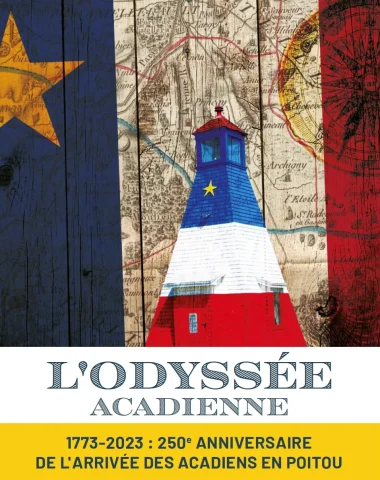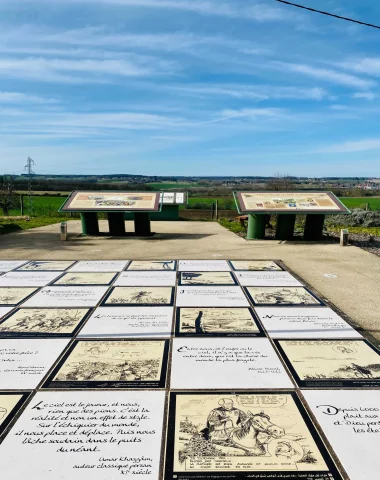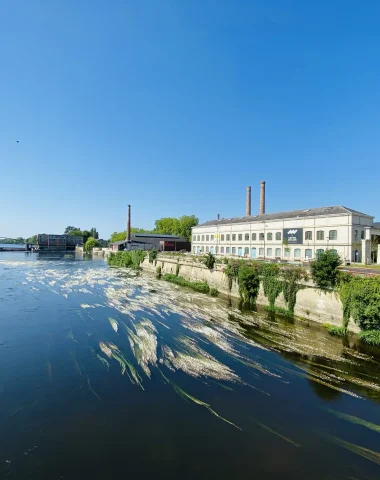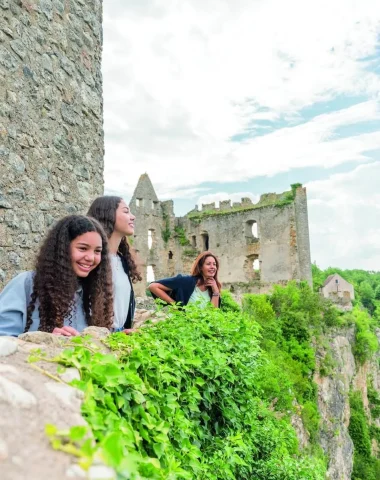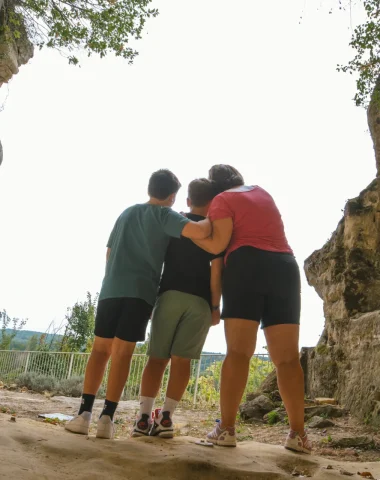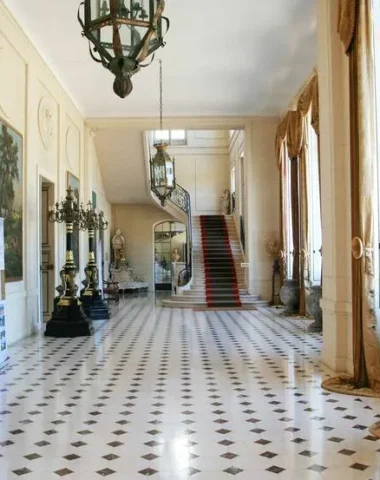Today, as promised in my article on the most beautiful Instagram spots, I'll take you to visit Les Ormes, on the threshold of Poitou and Touraine. I chose this small town of 1700 inhabitants because its heritage could make many large cities green with envy.
So, to live up to its multiple riches, I requested the services of another ambassador from Grand Châtellerault. An expert guide on the history of her village, and who had many surprises in store for me…
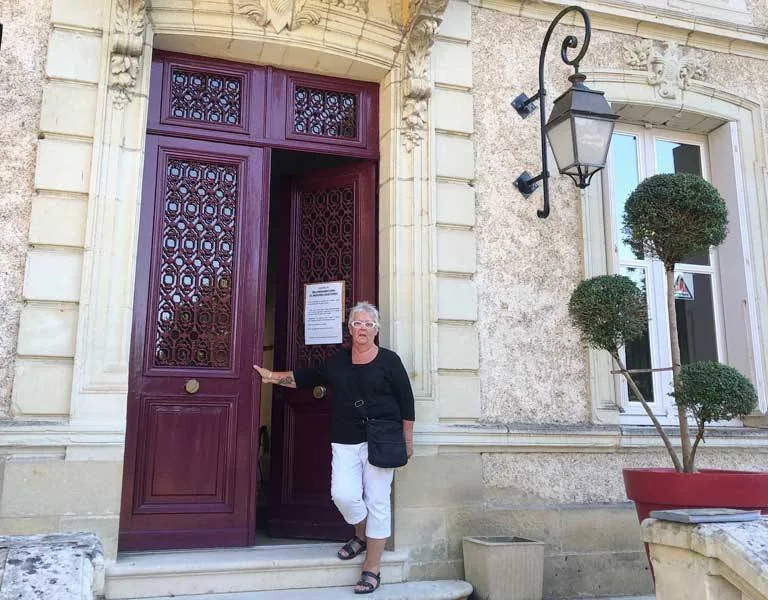
The ambassador's reception
Catherine Puglia arranged to meet me in front of the town hall. Like me, she likes to discover her territory. While I work online on this blog, Ms. Puglia favors human contact and guided tours…
Either for those around him within the framework of Ambassadors program of the Tourist Office, or via its association Talents Ormois.
Born in Châtellerault, this former psychologist has lived in Les Ormes since 2005. As a child, she came every summer to spend her family vacations there. So, in the 60s, she accompanied her grandmother at the castle in order to visit the Countess d'Argenson. From now on, it is the town as a whole that the active retiree takes pleasure in revealing to the general public.
Association Talents Ormois: 06 60 85 71 49
Step 1. The town hall, its park and the fairgrounds
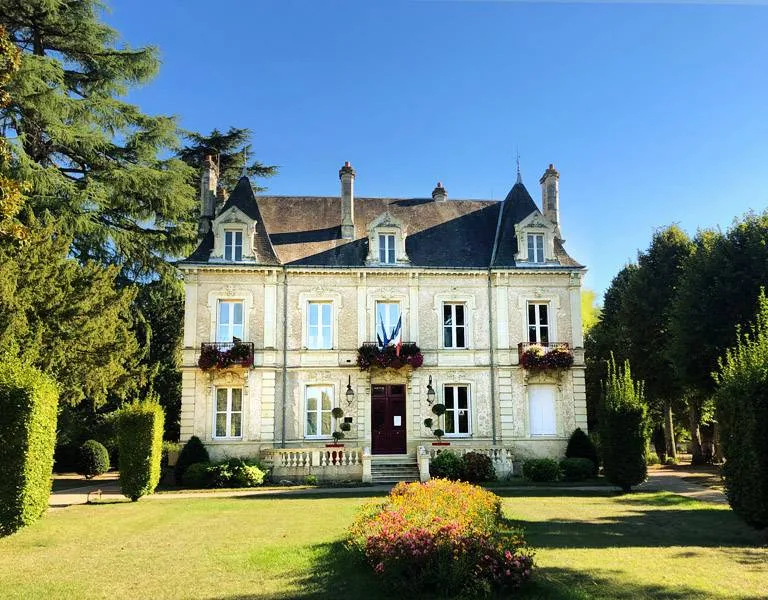
The guided walk therefore begins at the town hall. Here I am in front of a beautiful bourgeois house from 1871, built in tuffeau and Chauvigny limestone. Since their installation in this residence in 1995, elected officials have worked to maintain and beautify the one and a half hectare park.
Ms. Puglia was involved in the project and explained to me that in total “ 27 rare species or remarkable trees punctuate the walk ". A cork oak and a medicinal lime tree sit alongside a recently planted araucaria and a Gingko Biloba. Educational panels allow you to identify them, and even recognize their leaves by touch, thanks to relief illustrations.
Opposite the municipal building is the fairground square. Until 1950, a large market was held there monthly as in The cloister.
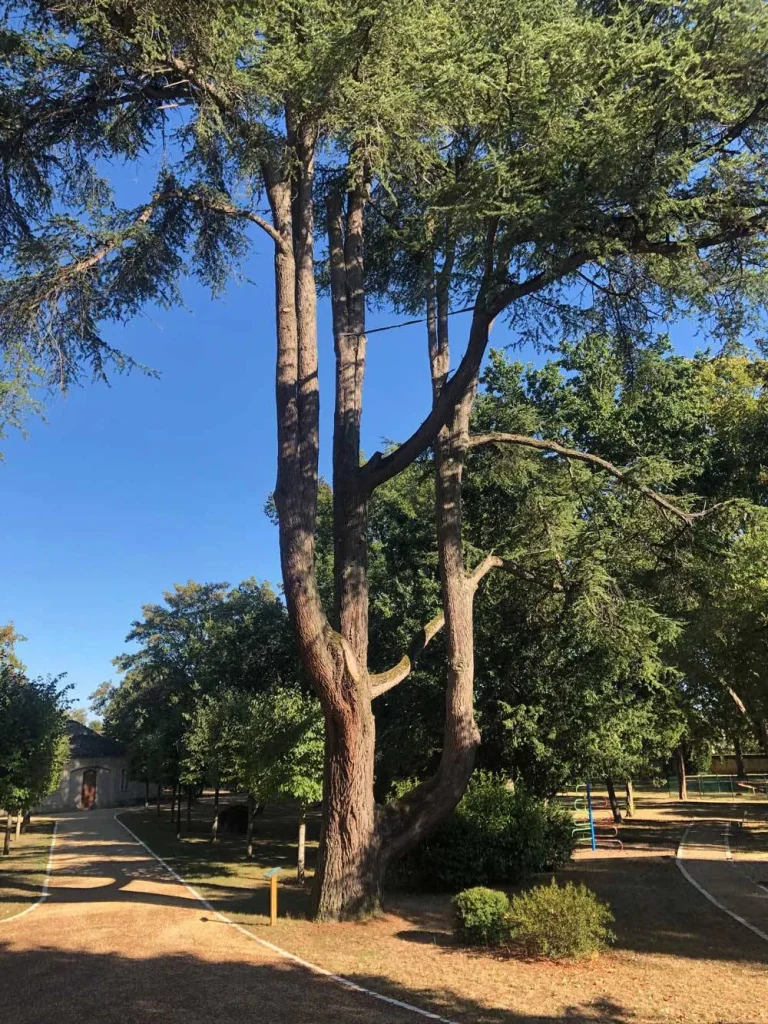
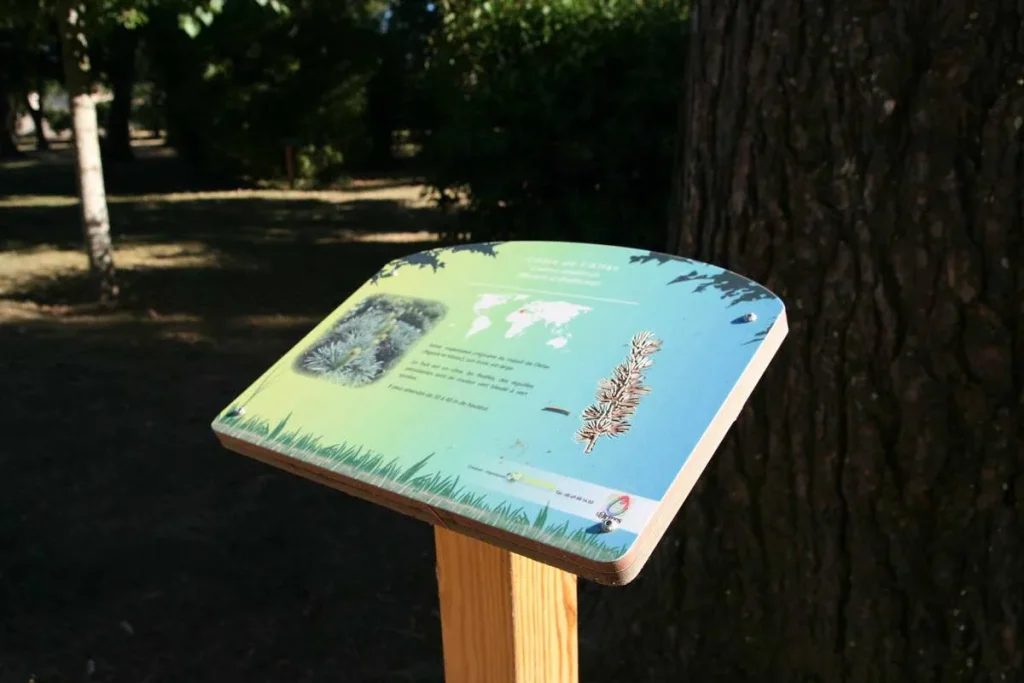
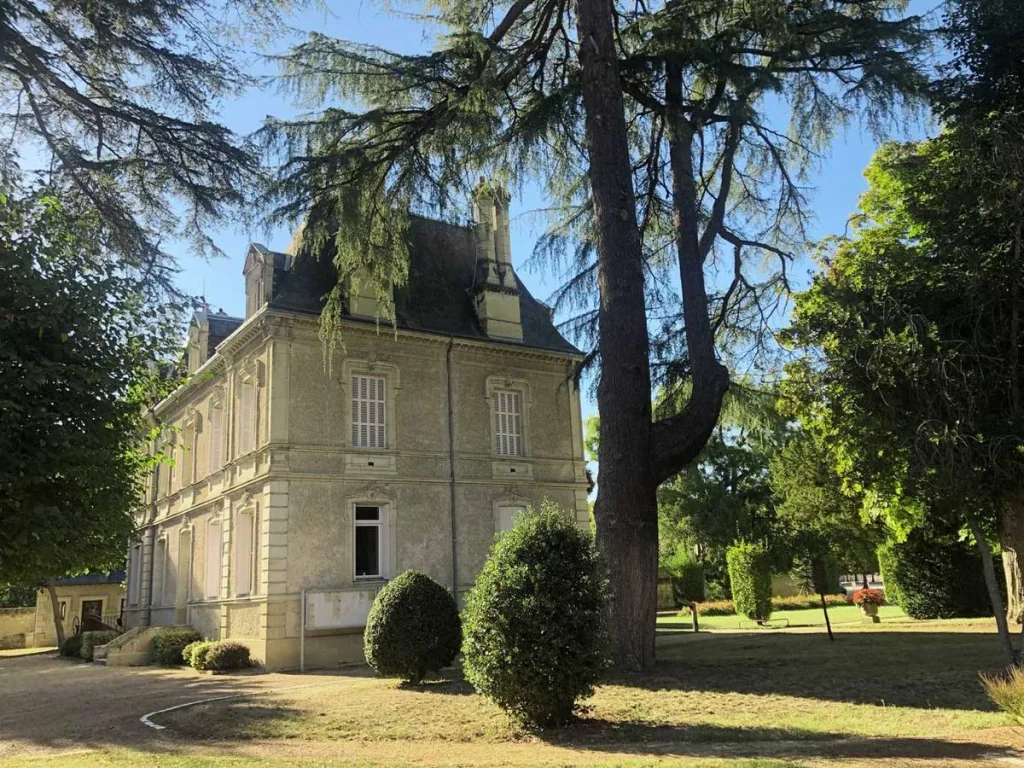
Step 2. The church and the halls
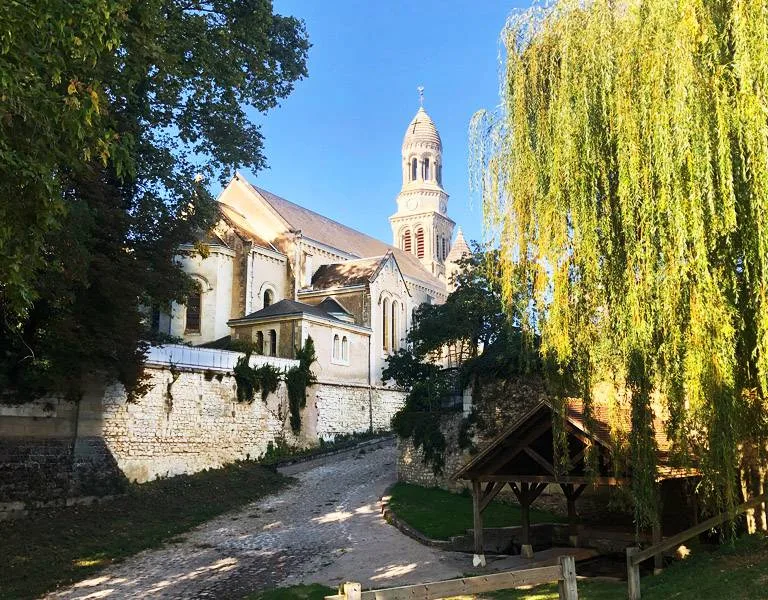
From the fairgrounds, we take Church Street. After a few minutes of walking, here we are at the market halls, listed as a Historic Monument since 1934. Catherine Puglia tells me that the history of Les Ormes is closely linked to the castle and its owners.
Thus the Pussort brothers raised this land into a barony, with rights of market and justice. At the time, petty offenses punishable by fines or corvées were settled once a week in the market halls, while women sold farmyard animals there once a month on fair days. Now, children and scooters have reclaimed the place. Meanwhile, the parents chat, sitting on a bench with a breathtaking view of the church of Saint-Martin and Sainte-Marguerite, the two patrons of the parish.
It was Martin Pussort, builder of the castle and uncle of Colbert, who commissioned the first church in 1655. The heart of this influential advisor to the King still rests in the vault under the main altar. “ Around 1890, the beadle fell from the bell tower and killed himself. », Catherine Puglia tells me. This accident makes it clear that the solidity of the monument is no longer satisfactory. This is why, in 1896, the current church was born.
I admit I fell in love with its neo-Byzantine style. This round bell tower, resting on an octagonal base supported by a square tower, completely destabilized the inhabitants of the time. Inside, stained glass windows, statues, pulpits and old paintings are worth the detour.
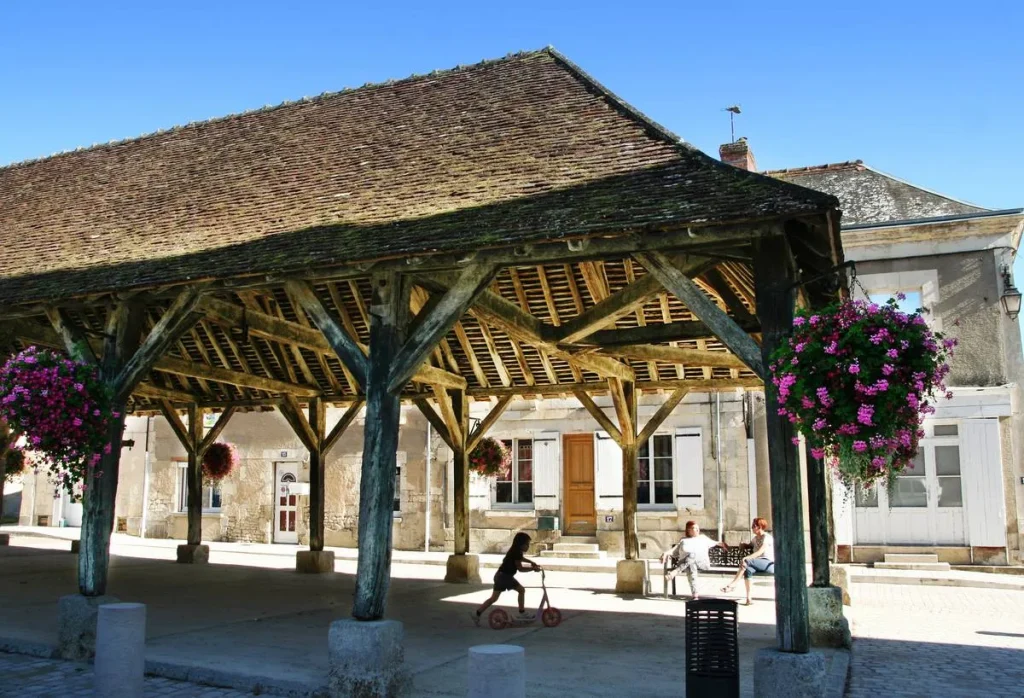
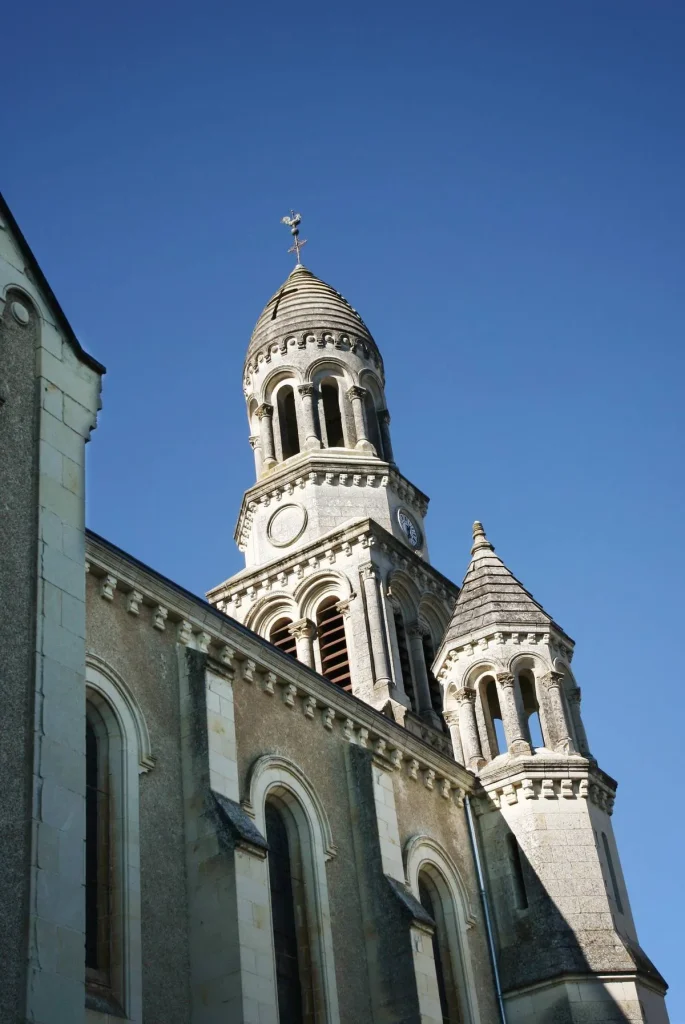
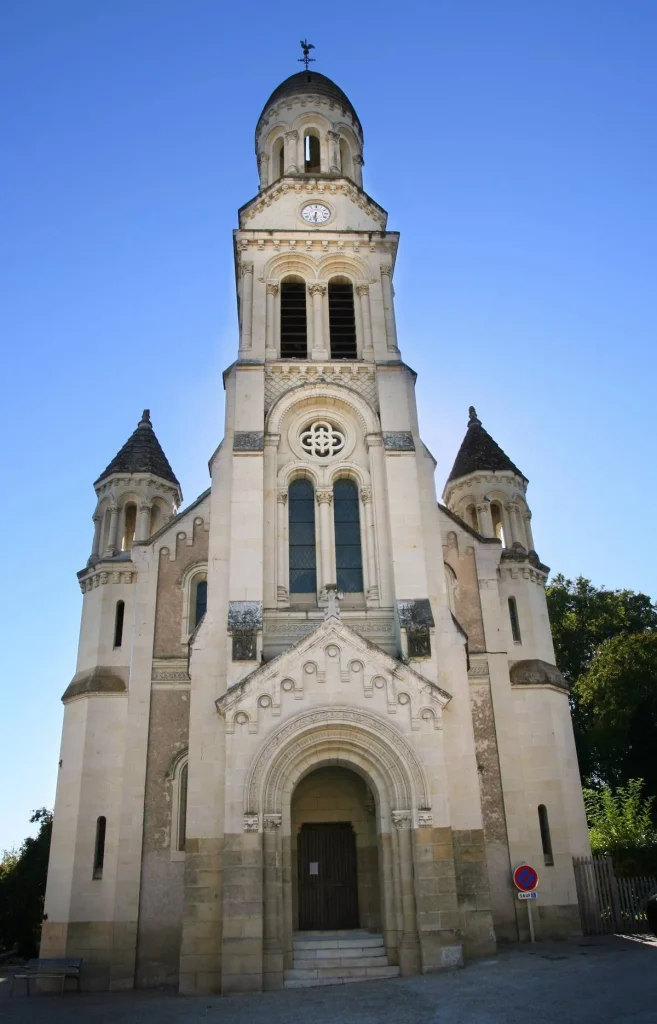
Step 3. The turret, the washhouse, the Vienne
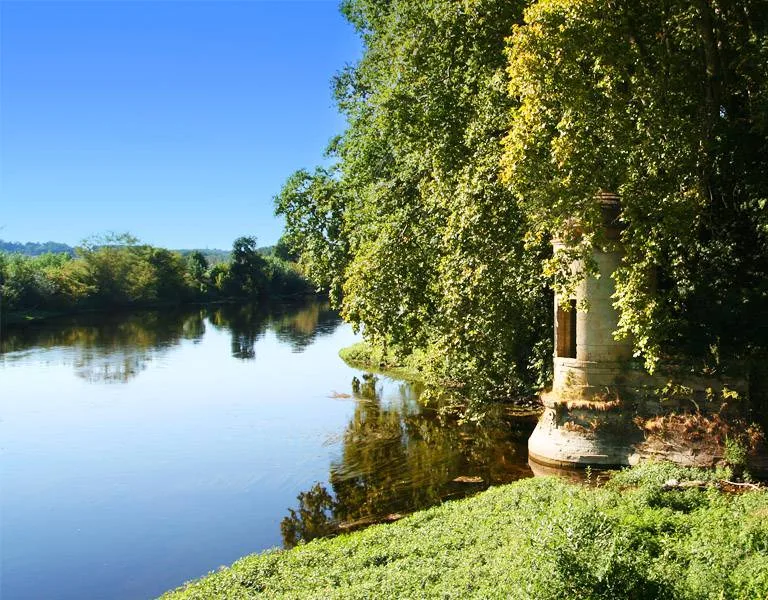
Below the church, I see the river. Indeed, not to spoil anything, the town is watered by the Vienne. The banks are charming. Catherine tells me that the turret at the corner, erected like an exclamation point, belongs to the castle.
The adjacent wash house has naturally found its place since a spring gushes out there permanently. In the past, the ladies washed their clothes there with their beaters, while exchanging news from the village.
I recommend this spot at the water's edge and invite you to take advantage of the picnic tables provided. Bucolic break guaranteed!
Step 4. Villa Caroline
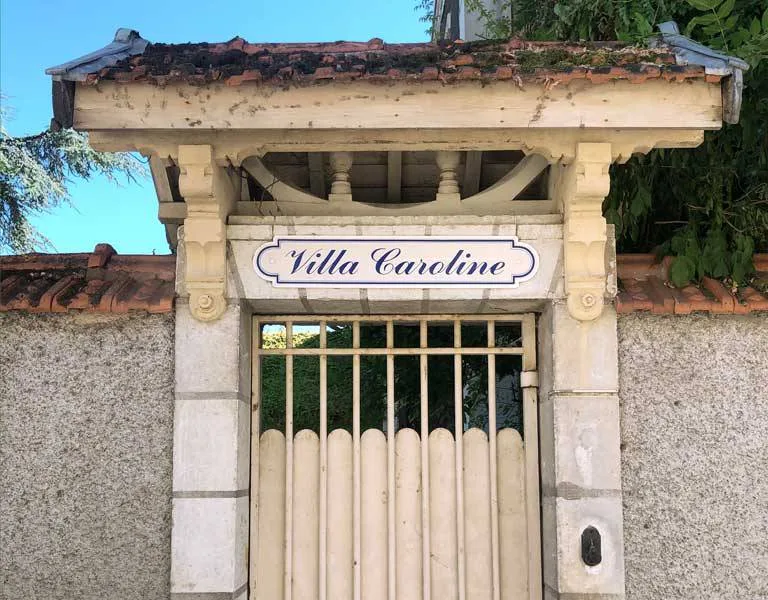
We leave via the small rue de Pierre d'Argenson where the most secret stopover of the route is located. Catherine surprised me by contacting the owner of Villa Caroline so that he could exceptionally open his doors to us.
Around a delicious chocolate cake from the Raveau pastry, Fabrice Audy tells us the history of this house, in his family for 70 years.
It is in homage to his mother that Mr. Audy named it Villa Caroline. Originally, it was called Villa Marie-Louise, from the first name of the mistress of Rodolphe Salis. The Châtelleraudais creator of Chat Noir, famous Parisian cabaret, had this house built in 1890, for the dancer with whom he was madly in love. Inside, everything bears the image of the young woman, right down to the ceilings!
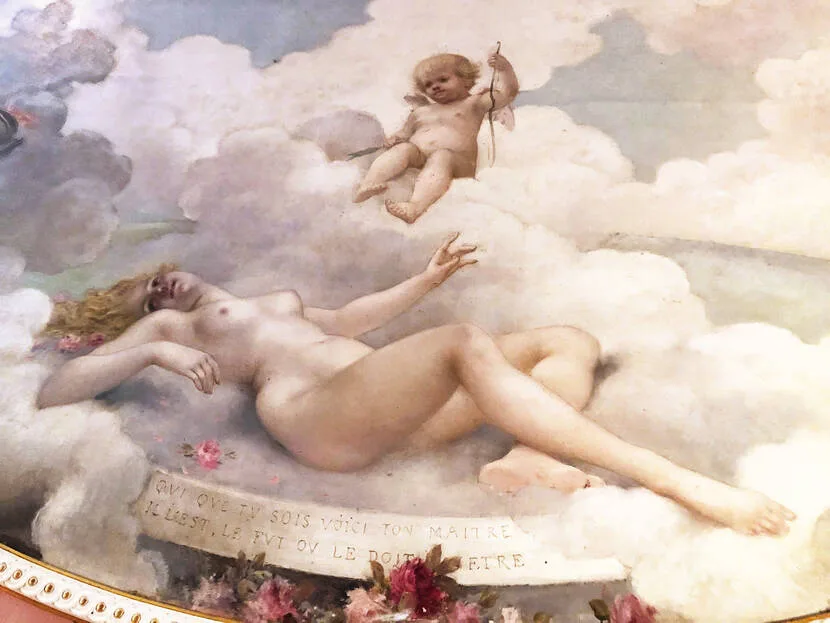
I remain amazed by the stained glass windows and doors. “ As a nod to the Château des Ormes where Voltaire stayed, the stained glass window in the dining room represents Rabelais. Like Rodolphe Salis, the two men are part of the tradition of French freedom of spirit. », Fabrice confides to me.
The architect is none other than Henri Deglane, designer of the nave of the Grand Palais.
From the street, you can admire this Belle Époque villa as well as the majestic cedar in the garden.
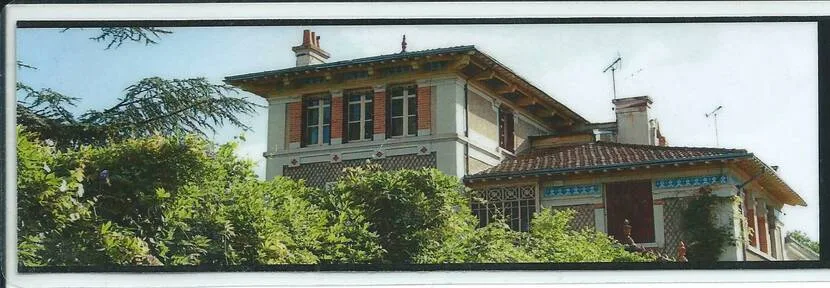
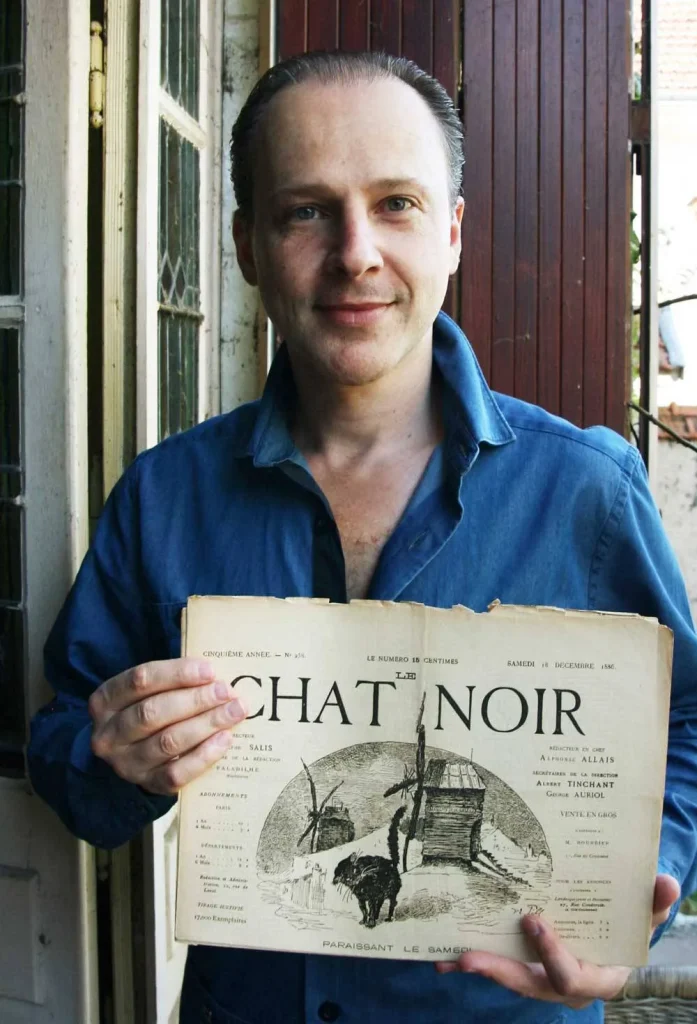
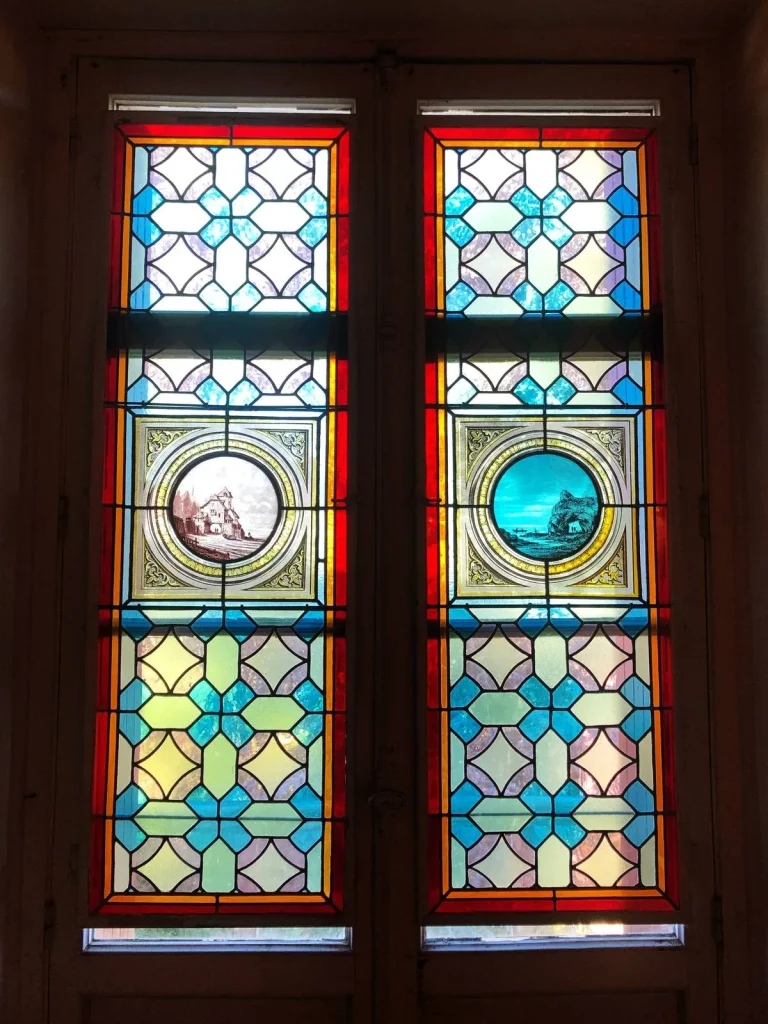
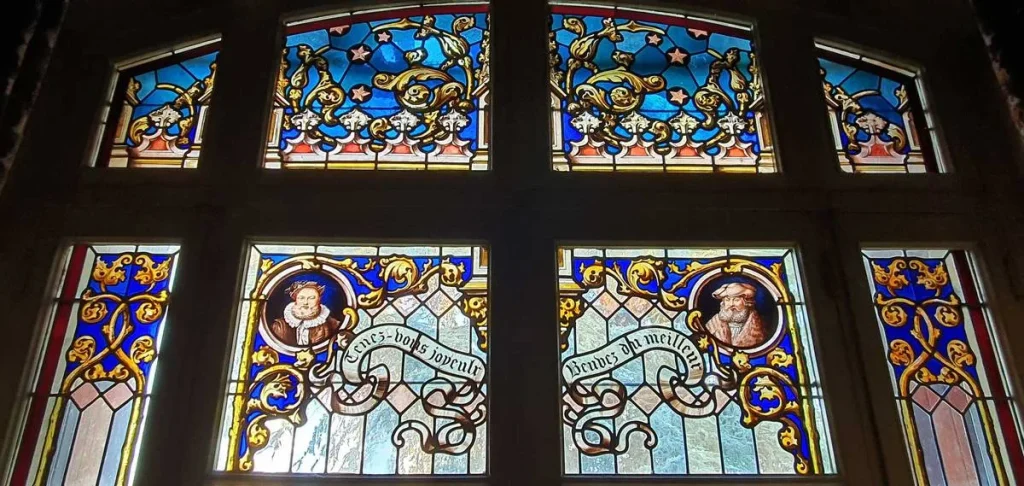
Step 5. The Horse Post
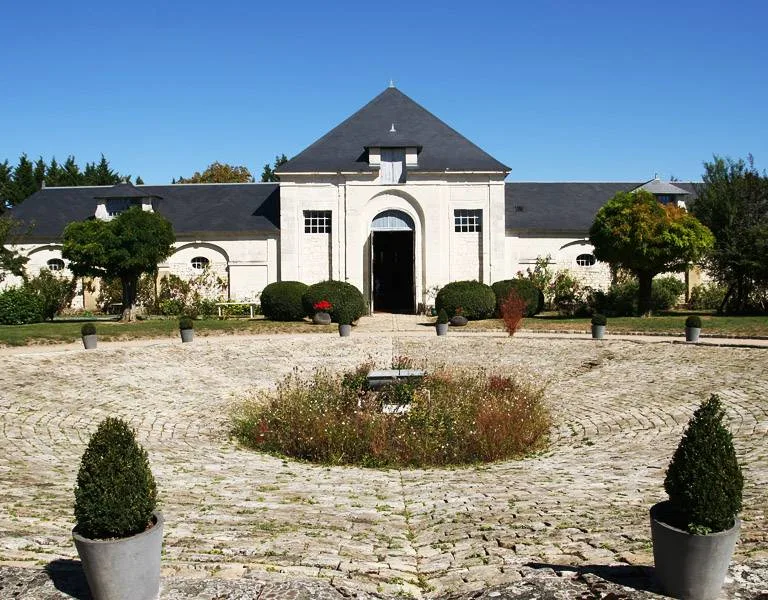
After this beautiful gift, we join Route Nationale 10 (D910) which crosses Les Ormes. Lined with remarkable buildings – such as the old gendarmerie (at no. 37) or the pharmacy opposite it, it leads in particular to a historic monument which is hidden behind a magnificent carriage entrance.
When the latter opens, I discover a quadrilateral measuring 70 meters on each side, around a courtyard centered by a large footbath. welcome to Horse Post ! Respecting the typical plan of the time, it consists of stables, a watering trough, a tack room, the room for the postilions (drivers of the teams) and buildings for housing and hotels.
Mr. De Logivière, descendant of the last postmaster, tells me that this stopover on the road to Spain was created by the Count of Argenson in 1764. The postmaster, also minister of Louis XV, took advantage of his influence to divert the Paris-Bordeaux axis so that it passes through his village. “ This official royal service included the delivery of mail and travelers by stagecoach. At each post relay, we changed the mounts before joining the next relay, generally 16 km away. Then the postilions brought the horses back once they had rested. In 1851, the train arrived in Poitiers and the post houses gradually disappeared. »
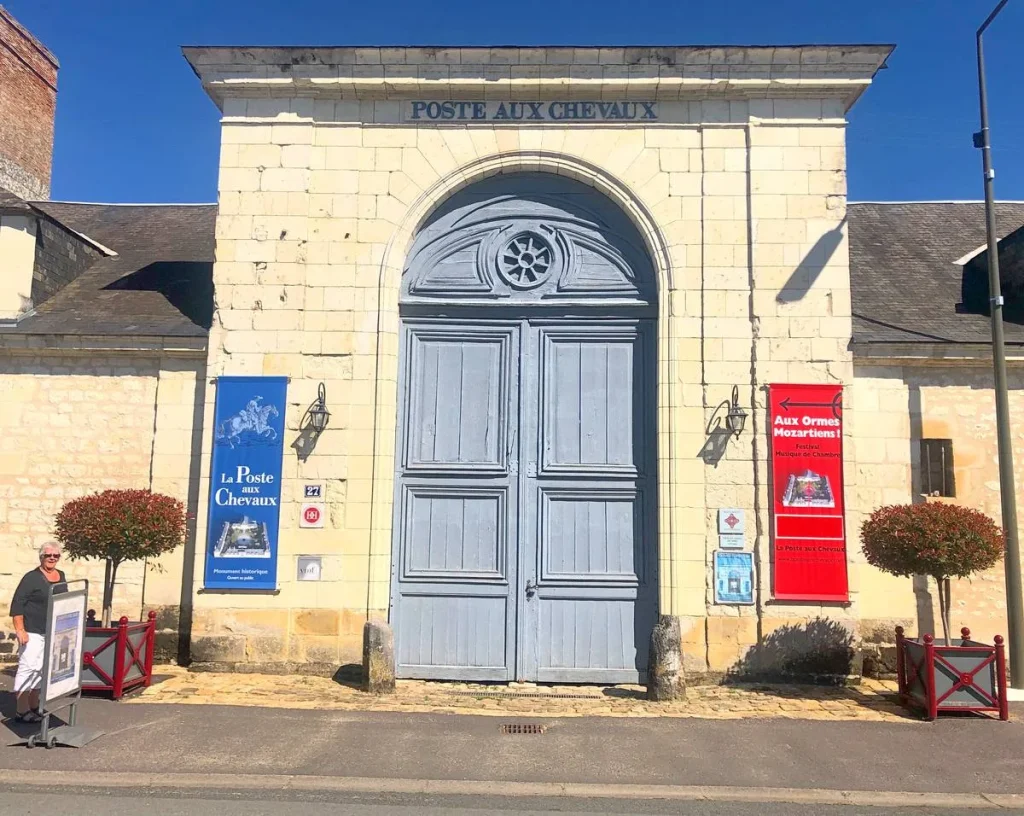
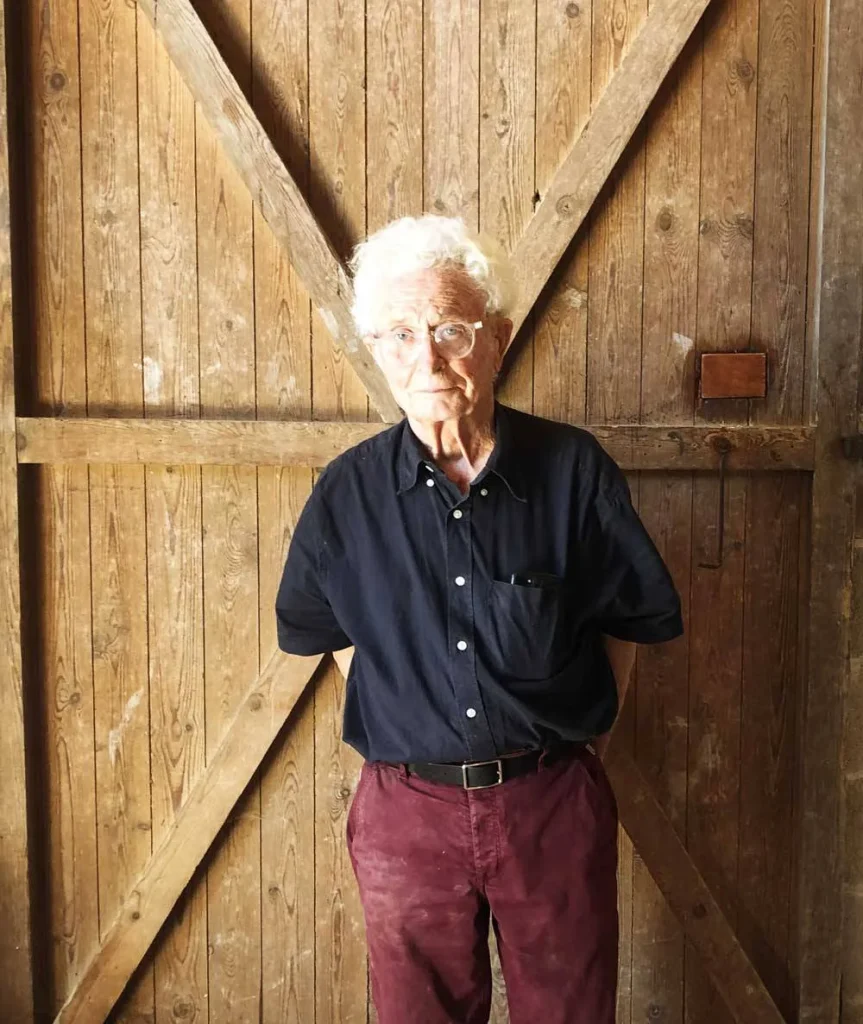
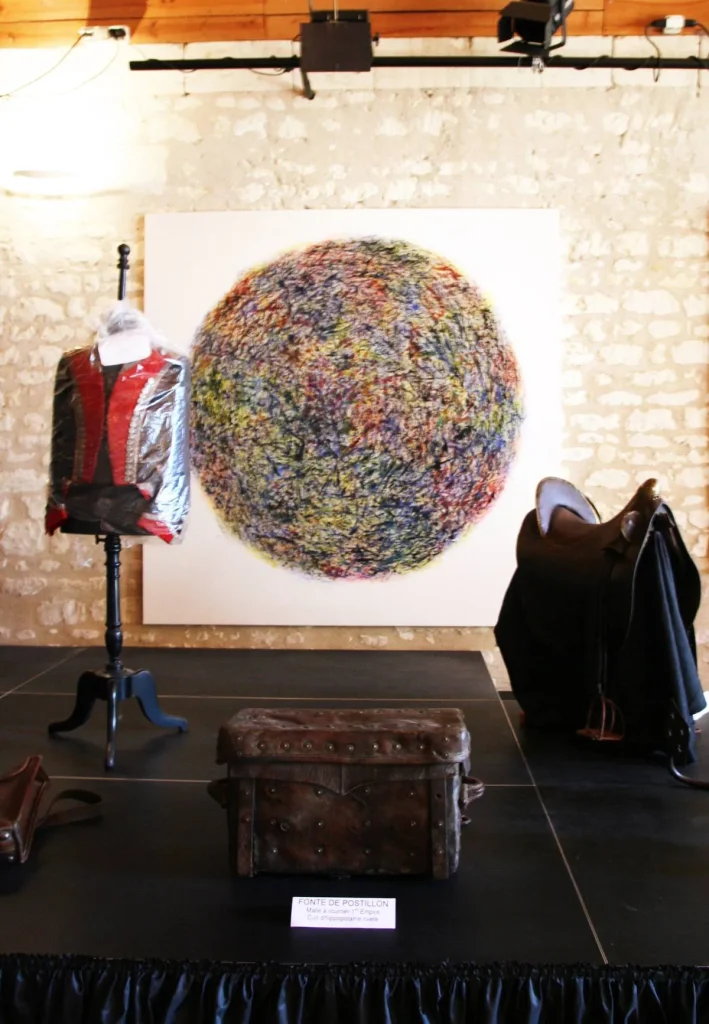
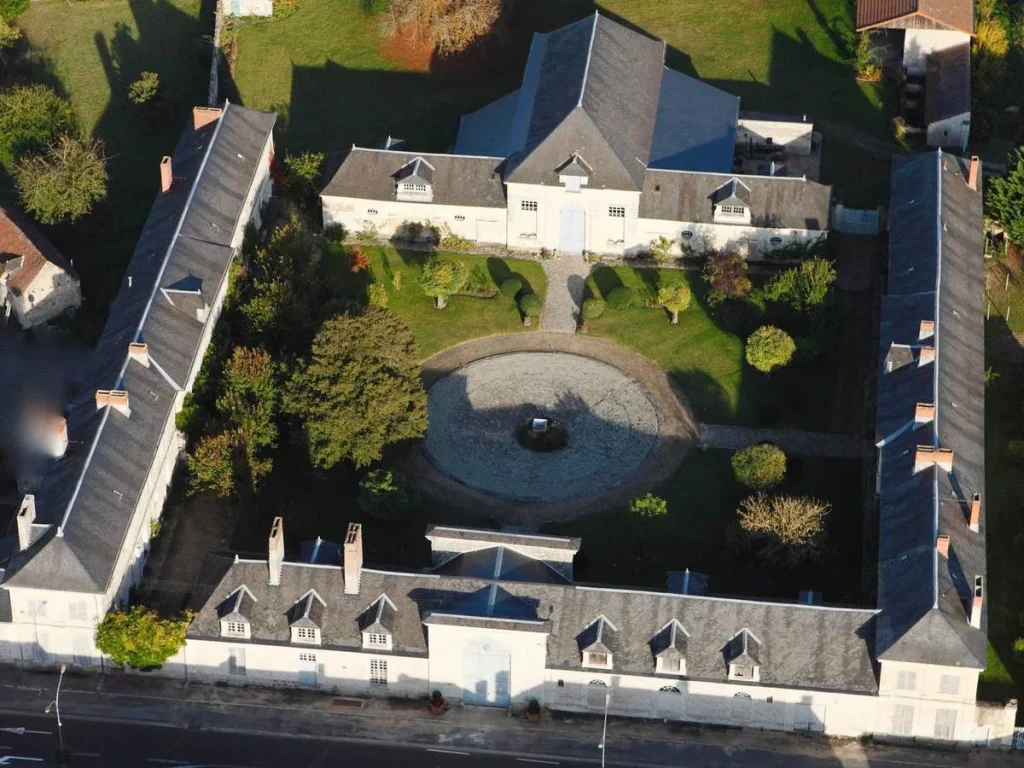
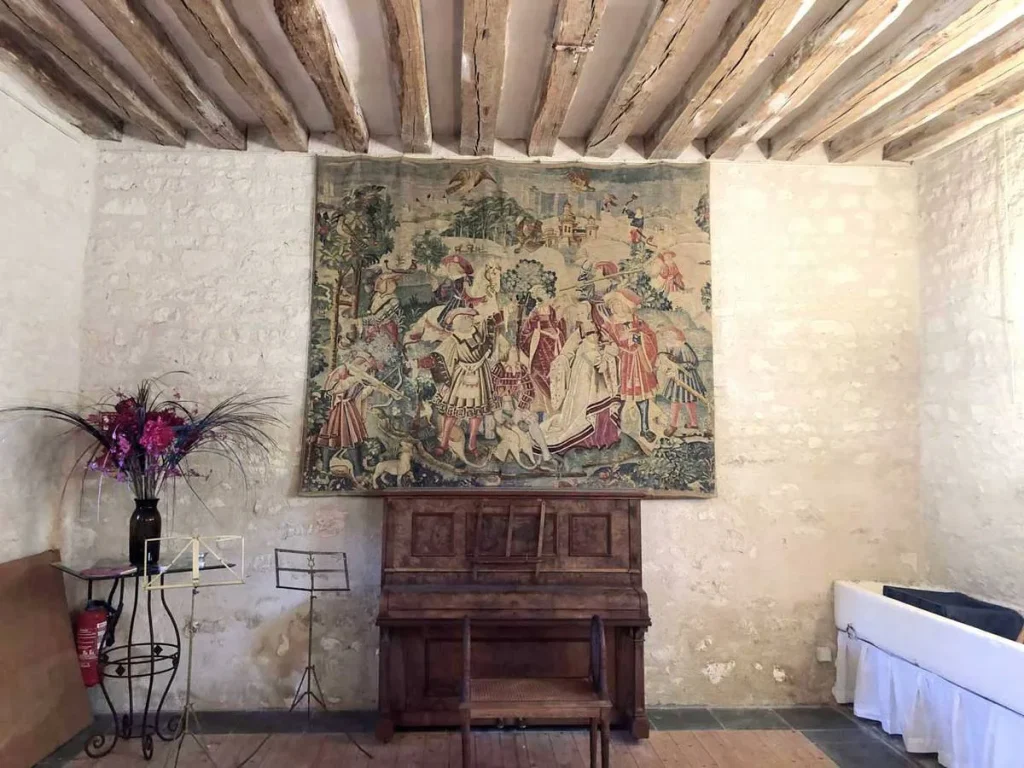
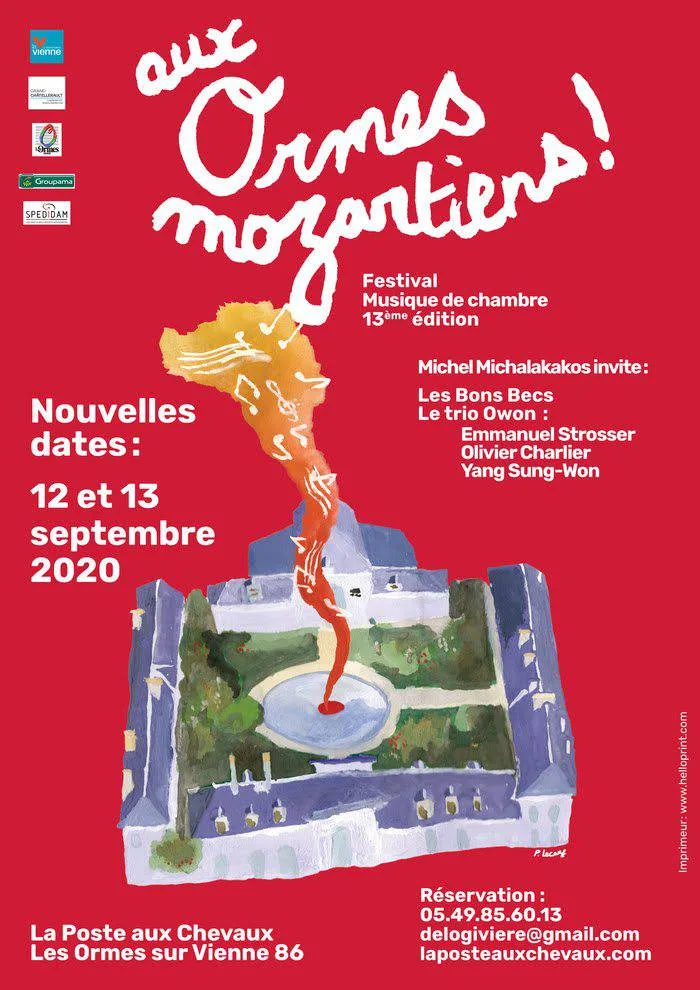
When the latter opens, I discover a quadrilateral measuring 70 meters on each side, around a courtyard centered by a large footbath. welcome to Horse Post ! Respecting the typical plan of the time, it consists of stables, a watering trough, a tack room, the room for the postilions (drivers of the teams) and buildings for housing and hotels.
Mr. De Logivière, descendant of the last postmaster, tells me that this stopover on the road to Spain was created by the Count of Argenson in 1764. The postmaster, also minister of Louis XV, took advantage of his influence to divert the Paris-Bordeaux axis so that it passes through his village. “ This official royal service included the delivery of mail and travelers by stagecoach. At each post relay, we changed the mounts before joining the next relay, generally 16 km away. Then the postilions brought the horses back once they had rested. In 1851, the train arrived in Poitiers and the post houses gradually disappeared. »
Steps 6 and 7. To be continued…

My Ormoise stroll will continue next week on the blog, on the occasion of the European Heritage Days… Spoiler alert: it will be about a sheepfold and a castle!
Click here to discover the second episode on Les Ormes!
Themes
